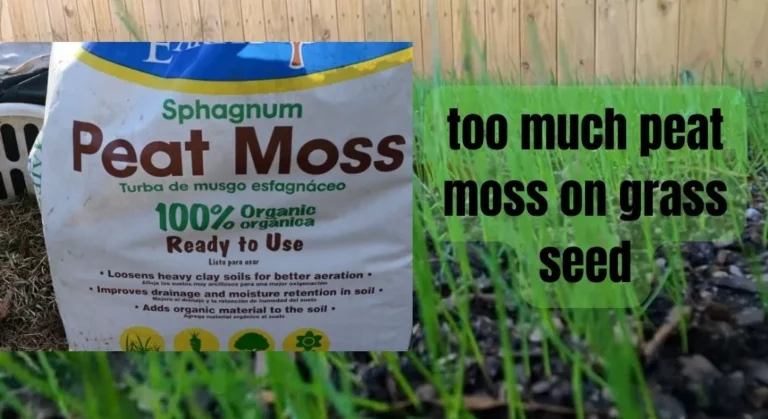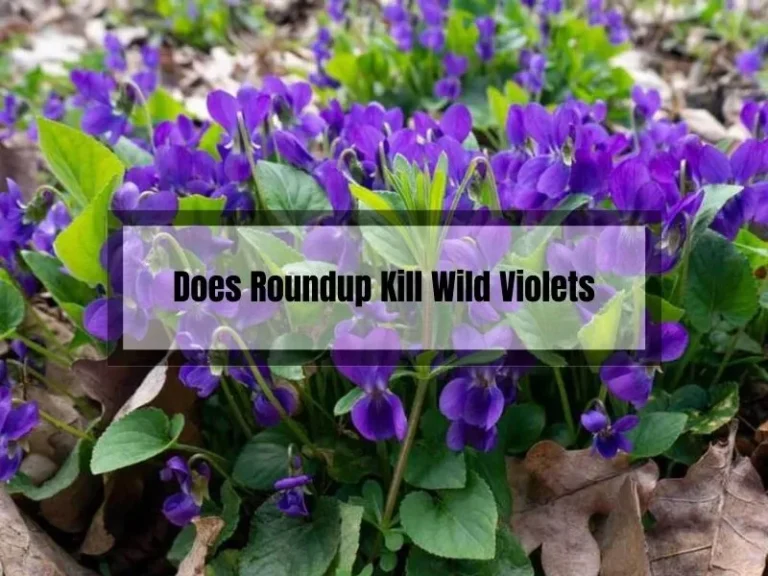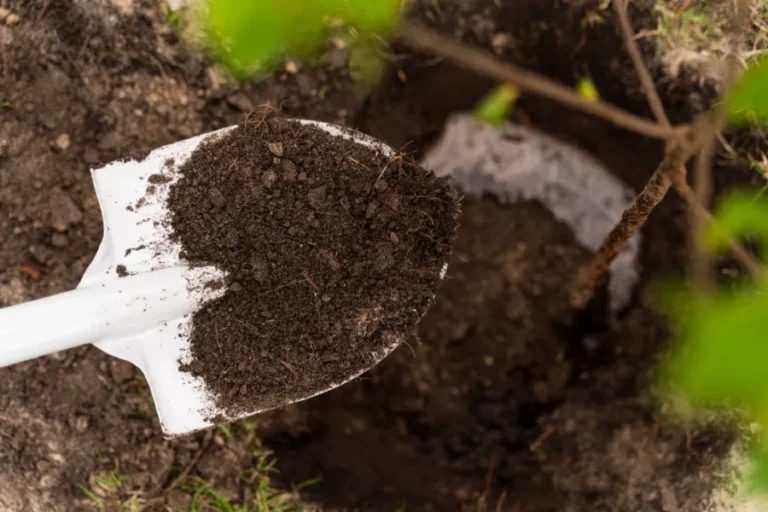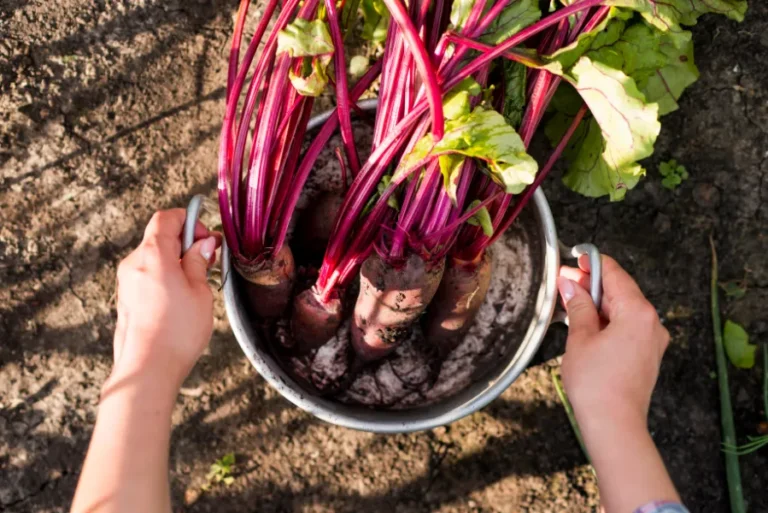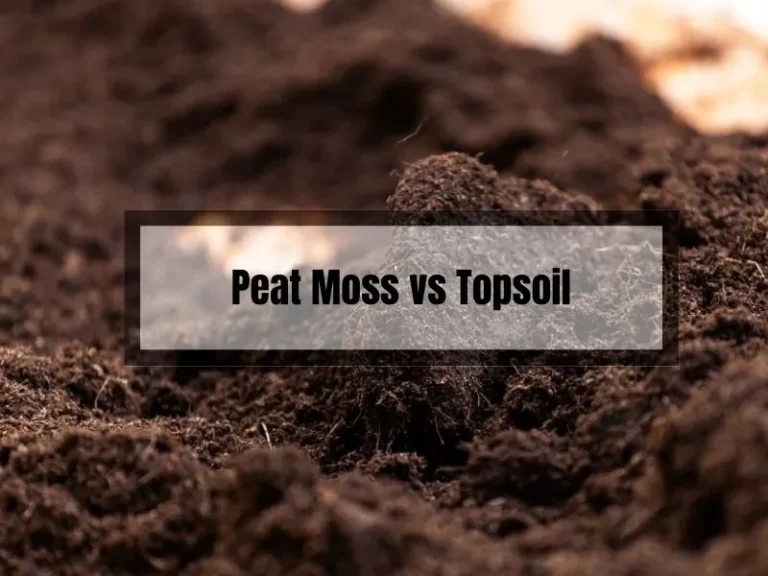Peat Moss for Grass: A Natural Solution for a Lush Lawn
If you’re looking to grow a lush, green lawn, you may have heard about using peat moss. Peat moss is a natural, organic material that can be used to improve soil quality and promote healthy grass growth. It is often used to cover grass seed, as it helps to retain moisture and protect the seed from birds.
To use peat moss for grass, you’ll need to prepare your lawn properly. This may involve removing any debris or dead grass, aerating the soil, and adding any necessary fertilizers or soil amendments. Once your lawn is ready, you can apply the peat moss by spreading it evenly over the surface of the soil. Be sure to follow the manufacturer’s instructions for application rates and methods.
Key Takeaways
- Peat moss can improve soil quality and promote healthy grass growth.
- Proper lawn preparation is key to using peat moss effectively.
- Follow manufacturer’s instructions for application rates and methods.
Preparation and Application
Preparing the Lawn
Before applying peat moss to your lawn, it is important to prepare the area properly. Start by removing any debris, rocks, or weeds from the area. This will ensure that the peat moss can be spread evenly across the lawn. You can use a rake or a leaf blower to remove the debris.
Once the area is free of debris, it is recommended to apply herbicides to remove any seed weeds lying on the site. This should be done earlier, 2-3 weeks before planting grass seeds. This will ensure that the grass seeds have a healthy environment to grow in.
Application Techniques
There are several techniques for applying peat moss to your lawn. You can use a broadcast spreader, a compost spreader, or even a shovel. The most important thing is to spread the peat moss evenly across the lawn.
If you are using a broadcast spreader, make sure to adjust the settings according to the manufacturer’s instructions. Load the spreader with peat moss and walk back and forth across the lawn, spreading the peat moss in an even layer.
If you are using a compost spreader, load the spreader with peat moss and spread it ⅛-¼ of an inch deep over the grass seed.
If you are using a shovel, simply scoop up the peat moss and spread it evenly across the lawn.
Best Time to Apply
The best time to apply peat moss to your lawn is in the spring or fall. This is when the weather is mild, and the grass is actively growing. It is also important to apply the peat moss when the soil is moist.
This will help the peat moss to settle into the soil and provide a healthy environment for the grass seeds to grow.
Maintenance Tips
Watering After Application
After applying peat moss to your grass, it’s essential to water the area thoroughly. Watering helps the peat moss settle into the soil and improves seed germination. Make sure to water the area evenly and frequently, but not excessively. Overwatering can cause the seeds to rot and fail to germinate.
Mowing Considerations
Mowing your lawn is an important aspect of lawn maintenance, and it’s essential to do it correctly after applying peat moss. Wait until the grass is at least three inches tall before mowing.
This will give the grass enough time to establish roots and reduce the risk of pulling up the new grass. When mowing, set the blade height to three inches, and don’t cut more than one-third of the grass blade at a time. This will help prevent damage to the new grass and promote healthy growth.
Remember to follow these maintenance tips to ensure the best results after applying peat moss to your grass. Proper watering and mowing will help your grass grow healthy and strong.
Troubleshooting Common Issues
Dealing with Moss Overgrowth
Moss overgrowth is a common issue that can occur when using peat moss on grass. If you notice moss growing on your lawn, it may be a sign that you have used too much peat moss.
To address this issue, you can rake the moss away and add more topsoil to the affected area. This will help to balance the pH levels and prevent further moss growth. Additionally, you can adjust your watering schedule to ensure that the soil is not too moist, as moss thrives in damp environments.
Addressing Drainage Problems
Another common issue that can arise when using peat moss on grass is poor drainage. If you notice that water is pooling on your lawn or that the soil is not draining properly, it may be due to the peat moss.
To address this issue, you can add sand or perlite to the soil to improve drainage. Alternatively, you can reduce the amount of peat moss you are using and increase the amount of topsoil. This will help to create a more balanced soil environment and improve drainage.
Remember that peat moss is a valuable tool in establishing a healthy and vibrant lawn. However, it is important to use it in moderation and address any issues that may arise. By following these tips, you can troubleshoot common issues and ensure that your lawn thrives.
Sustainability and Environmental Impact
When it comes to using peat moss for your grass, sustainability and environmental impact are important considerations to keep in mind. Peat moss is a non-renewable resource that is harvested from peat bogs, which are important ecosystems that provide habitat for a variety of plants and animals.
Harvesting peat moss can damage these ecosystems and release carbon dioxide into the atmosphere, contributing to climate change.
Fortunately, there are more sustainable alternatives to peat moss that you can use for your grass. These alternatives include compost, coconut coir, and straw. Compost is a great option because it feeds soil microbes, improves drainage, and retains water. Coconut coir is another good option because it is renewable and biodegradable. Straw is also a popular choice because it is inexpensive and readily available.
When choosing a sustainable alternative to peat moss, it’s important to consider factors such as cost, availability, and environmental impact. By making a conscious effort to choose more sustainable options for your grass, you can help to reduce your environmental impact and protect important ecosystems.
Frequently Asked Questions
What are the benefits and drawbacks of using peat moss on your lawn?
Peat moss has several benefits for your lawn, including retaining moisture, protecting seeds and seedlings, and improving soil structure. However, it can be expensive and may not be suitable for all soil types. Additionally, harvesting peat moss can have negative environmental impacts.
How should peat moss be applied to grass for optimal growth?
To apply peat moss to your grass for optimal growth, you should first prepare the lawn area by removing debris and applying herbicides to remove any seed weeds. Then, apply the grass seed and spread a thin layer of peat moss over the top. Water immediately and protect the grass seed from birds and other animals.
Can peat moss help with repairing bare spots in your lawn?
Yes, peat moss can help with repairing bare spots in your lawn. Simply spread a thin layer of peat moss over the bare spot and water regularly. The peat moss will help retain moisture and protect the seeds as they germinate.
What is the cost comparison between peat moss and other soil amendments for lawns?
The cost of peat moss can vary depending on your location and the supplier. However, in general, peat moss is more expensive than other soil amendments such as compost or topsoil.
How does peat moss compare to topsoil when planting grass seed?
Peat moss is a good option when planting grass seed because it helps retain moisture and protect the seeds. However, it is not a replacement for topsoil. Topsoil provides essential nutrients that grass needs to grow, so it is important to use a combination of peat moss and topsoil for optimal growth.
Where can I find peat moss for my lawn care needs?
You can find peat moss at most garden centers and home improvement stores. Additionally, many online retailers offer peat moss for purchase. When buying peat moss, make sure to choose a high-quality product that is free of contaminants.

